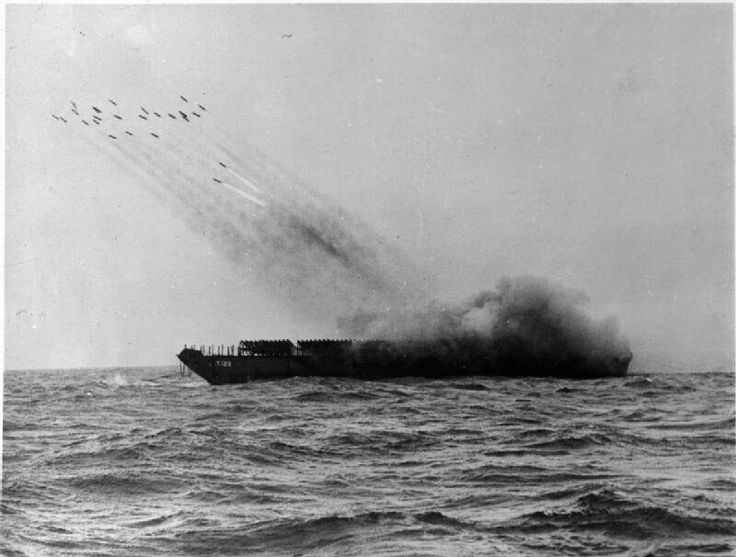LSM(R)-188: Floating missile fortress of the United States Navy in World War II
During World War II, the U.S. Navy deployed the LSM(R)-188, a medium landing ship equipped with powerful rocket firepower, to provide shore fire support during amphibious operations.
Superior Firepower of the LSM(R)-188
During World War II, the U.S. Navy developed and deployed the LSM(R)-188 class—rocket-armed medium landing ships—to provide powerful firepower to support amphibious operations. Each LSM(R)-188 was equipped with 75 Mark 36 launchers, each holding four rockets, for a total of 300 rockets. Each rocket carried a 45-pound (about 20 kg) high-explosive warhead, allowing an LSM(R) to launch a salvo with a total explosive weight of up to 13,500 pounds (about 6.75 tons).

To achieve equivalent firepower, all four Iowa-class battleships (each armed with nine 16-inch guns) would have to fire a total of 2.5 salvos each, or two ships would fire two salvos and the other two would fire three salvos. This suggests that, despite being much smaller, the LSM(R)-188 could deliver the equivalent initial firepower of a salvo from four Iowa battleships.
During the Okinawa campaign in 1945, LSM(R)s were used to bombard Japanese defenses before the landing force reached the shore. The ability to launch multiple rockets in a short period of time significantly weakened enemy defenses, making it easier for the landing force to land.
However, the LSM(R)s also faced many dangers. For example, on 29 March 1945, LSM(R)-188 was attacked by a Japanese suicide plane, killing 15 sailors and wounding 32. Despite the heavy damage, the ship was able to move to Ulithi for repairs.

After the war, the LSM(R)s were decommissioned and scrapped. However, their legacy remains an important part of US naval history.
Compared to the Iowa
To achieve equivalent firepower, all four Iowa-class battleships (each armed with nine 16-inch guns) would have had to fire a total of 2.5 salvos each, or two ships would have fired two salvos and the other two would have fired three salvos. This suggests that, despite being much smaller, LSM(R)-188 could deliver the equivalent initial firepower of a salvo from four Iowa battleships.
Role in the Okinawa Campaign

During the Okinawa Campaign of 1945, LSM(R)s were used to bombard Japanese defenses before landing forces reached the shore. The ability to launch multiple rockets in a short period of time significantly weakened enemy defenses, making it easier for landing forces.
Historical Image
This image captures the moment the LSM(R)-188 launched a rocket barrage during World War II, showing the incredible firepower of this type of ship.
If you are interested in learning more about LSM(R)s or amphibious operations during World War II, I would be happy to provide more information!



